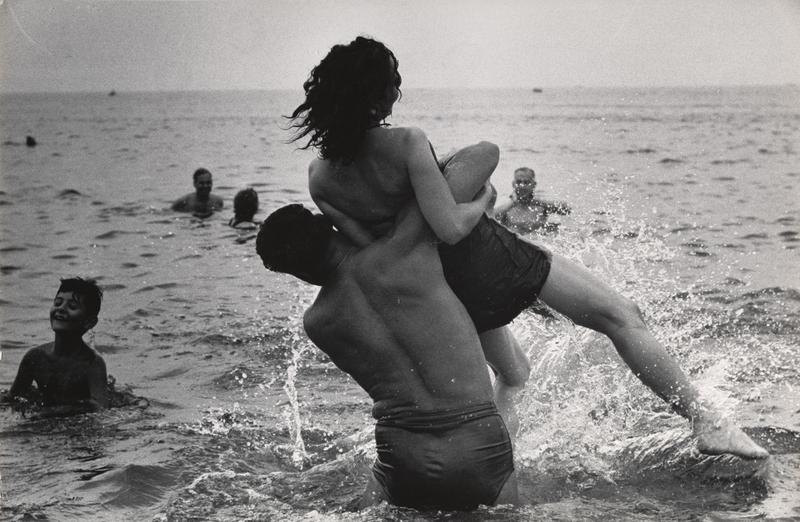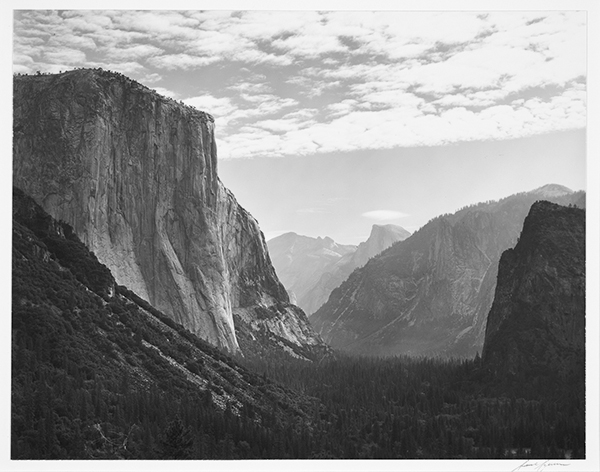Straight Photography
The term, ‘Straight photography’ was first used in 1904 by critic Sadakichi Hartmann in the magazine, ‘Camera Work’ to describe a more ‘pure’ version of Pictorialism but the movement really began in the 1930s with the decline in popularity of Pictorialism and the rise of the west coast photographic movement. Straight Photography accentuated detail in photos by engaging with the camera’s own technical capability to produce images sharp in focus. Unlike Pictorialism the photos are generally not manipulated but are instead depict the image as the camera and photographer initially sees it. This movement pioneered photographic techniques taken for granted today such as depth of field, focus and use of shutter speed. The photographic society and group of friends f/64 was founded in 1932 as a response to the Pictorial movement and became known for their straight photography specifically surrounding the bay area.

Ansel Adams was an American photographer and founder of iconic photography group F/64. Adams was renowned for his pure (straight) photography of the American west. Adhering to the conventions of straight photography, his images were sharp and focused. Initially he started his photographic career firmly working to the standards of pictorialism, using methods such as the bromoil process. Adams friend Paul Strand gave him a lot of insight into new methods of straight photography, showing him that using glossy paper over normal would help to intensify tonal values. Straight photography was very important to Group F/64. In their official manifesto it is stated that “Pure photography is defined as possessing no qualities of technique, composition or idea, derivative of any other art form.”

